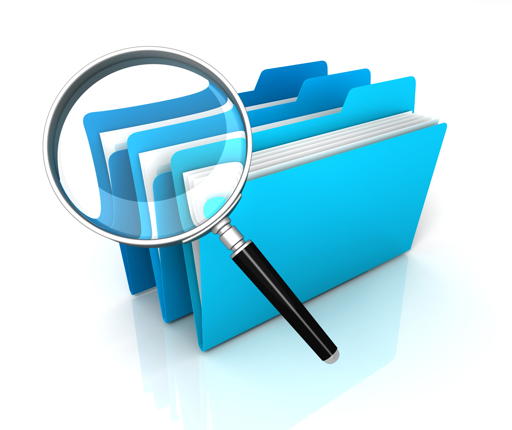
A common technology problem is organizing the hundreds of files that we use in our daily lives. These files are stored on your computer local storage drive (macOS or Windows) or in multiple cloud storage systems like Google Drive, DropBox, Box, Microsoft Drive, iCloud, etc.
When searching these documents you want to be able to tell easily what file is the most up-to-date, when it was created, or what revision it is. Unfortunately, the date stored on the file isn’t as helpful as it could be since it changes when you open the file even if you don’t change it.
For the many reasons outlined below we’ve found it extremely helpful to name files and folders starting with the ISO 8601 format for dates. Rather than naming a file something like “My Report 1/23/26.docx“, you would name it “2026-01-23 My Report.docx.”
The ISO 8601 standard is a representation of dates and times is an international standard covering the exchange of date- and time-related data. It was issued by the International Organization for Standardization and was first published in 1988. The standard date format is: YYYY-MM-DD Example: 2026-06-20 (Note: It is very important to make the year four digits long and include leading zeros on dates/months less than 1 digit long.)
For example, with your tax documents you might have several folder with one for each year. Within those folder you have documents. They all sort nicely and automatically for you.
- 2026 Taxes
- 2026-12-01 Purchase Receipt.pdf
- 2026-10-05 Donation Receipt.pdf
- 2026-01 Bill.pdf
- 2026-02 Bill.pdf
- 2026-03 Bill.pdf
- 2026-04 Bill.pdf
- 2026-05 Bill.pdf
- 2025 Taxes
- 2025-05-22 Purchase Receipt.pdf
- 2025-08-11 Donation Receipt.pdf
- 2025-01 Bill.pdf
- 2025-02 Bill.pdf
- 2025-03 Bill.pdf
- 2025-04 Bill.pdf
- 2025-05 Bill.pdf
This date format is used at the beginning of file/folder names. This is especially important for documents such as proposals, policies, procedures, bills, receipts, backups, and agreements. There are many advantages to this naming convention:
- Documents produced are consistent and orderly.
- File listings and directories automatically sort by date order.
- You can search the files with the dates just by typing the date in the search bar.
- The standard makes it clear what the month and date are internationally…even though the traditional order in US and European countries differ.
- Dates are safe for file names. Commonly used slashes “/” are illegal characters in some file systems and cause issues in some programming languages.
- The date is always reliable compared to the auto generated file creation and modification dates that may be incorrect when transferring files between systems or editing documents.
- Beginning filenames allows for addition of more or less detail and still sorts properly. Just the year YYYY, year and month YYYY-MM, or the full YYYY-MM-DD
- The same standard is used by the macOS screenshots and other apps file naming conventions making it easy to rename. Example: Screen Shot 2025-05-20 at 3.40.08 PM.png. Just move the date to the front of the name.
- Distinguishes various version of the document that can have exactly the same name except for the date.
- Multiple files from the same date may be distinguished further with a version number v1, v2, at the end or by appending a time to the standard YYYY-MM-DD TTTT.
If you start using this naming convention consistently, you will find it very helpful. You’ll be able to find the right document quickly and much more often. At LuminFire, we standardized with this naming format for all our file systems and organized our large library of files using it many years ago. It helps us save time every day.
If you’re looking for a reliable technology partner, LuminFire can help with your website, custom apps, or computer hardware.


